
Quantum Radiation
We work on the generation, characterization, and application of quantum states of light, ranging from photon pairs and triplets to bright twin beams and squeezed light. Here, one extreme case is entangled photons generated at a nanoscale, in particular from metasurfaces. The other extreme case is bright squeezed vacuum, a quantum state of light that contains macroscopic numbers of photons but still behaves in a non-classical way. This variety of quantum states we apply to quantum imaging and quantum metrology. We are especially interested in techniques that enable overcoming the shot-noise limit, the best precision limit accessible for classical light.
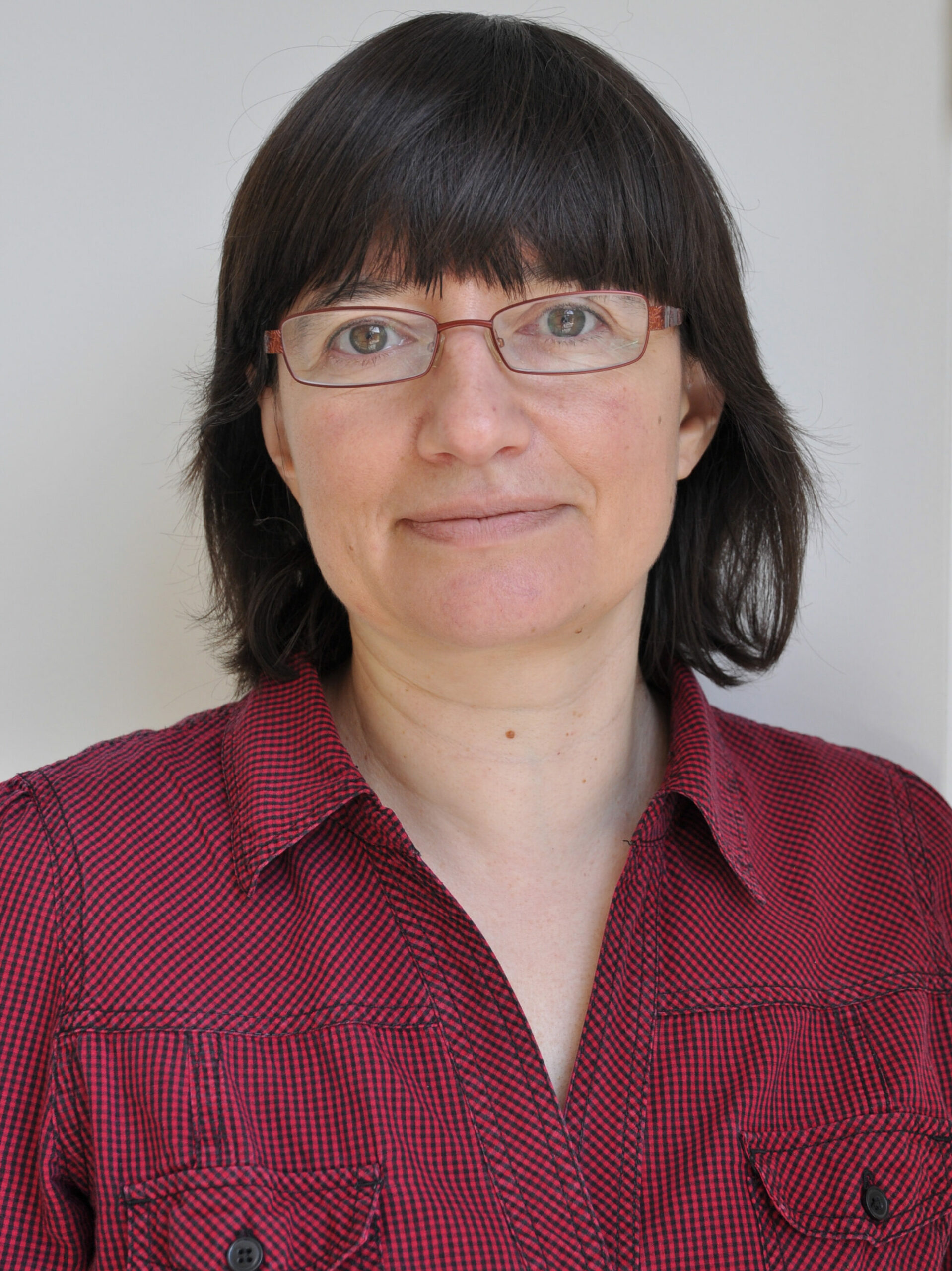
Prof. Maria Chekhova
MPI for the Science of Light, Erlangen
Group Leader
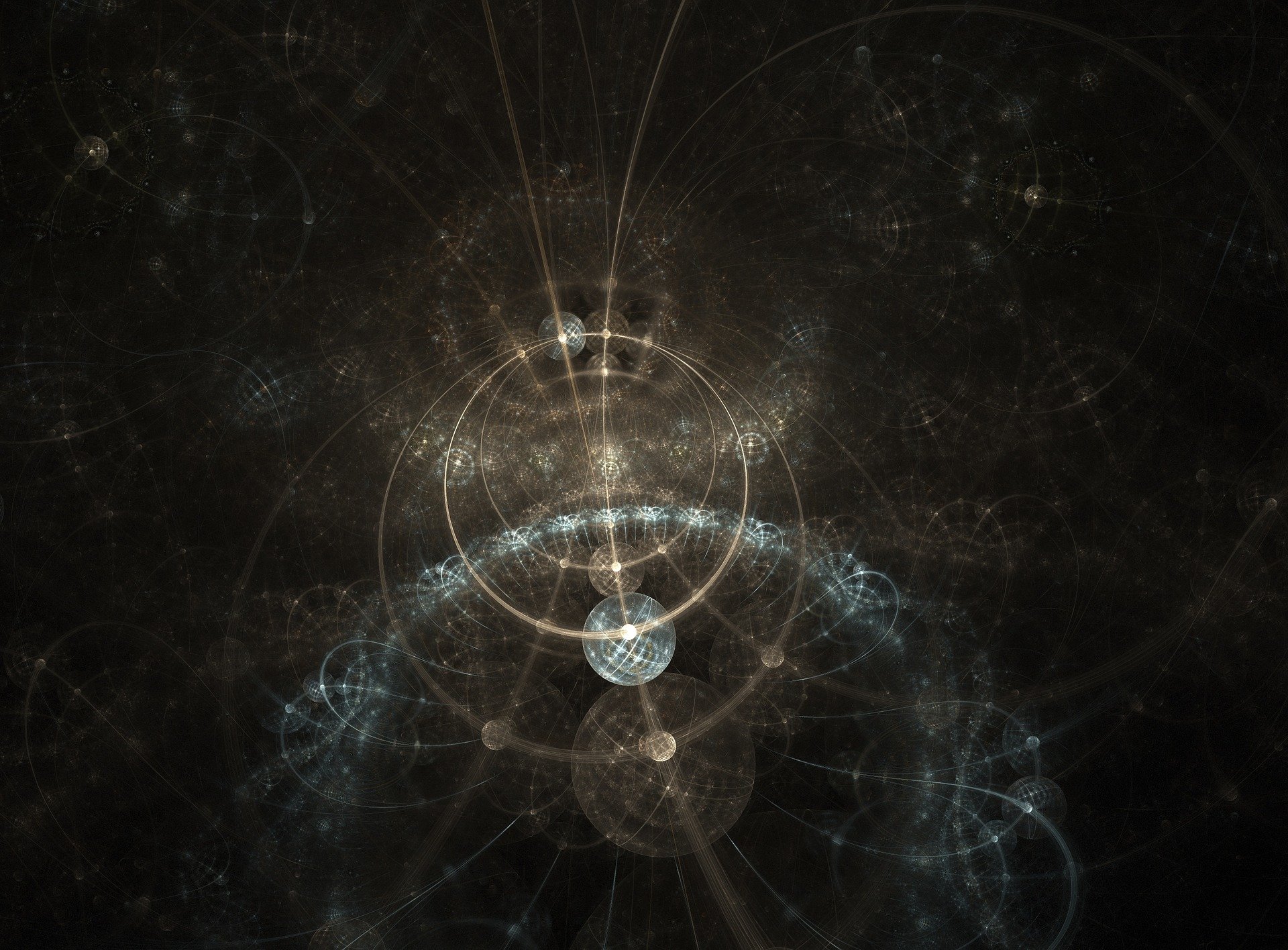
Quantum Information Theory
The main research focus of Ignacio Cirac and the members of his department is Quantum Information Theory. On the one hand, they investigate new platforms to build quantum computers, quantum communication systems and quantum devices in general. On the other hand, they develop algorithms to solve specific problems with such computers in a more efficient way than with classical ones. They also study protocols that leverage quantum features in different applications. In addition, they are actively involved in the development of a new theory of information based on quantum physics. Finally, they apply concepts from this theory to establish new techniques in order to describe and compute the properties of many-body quantum systems (see our research page for a list of topics).
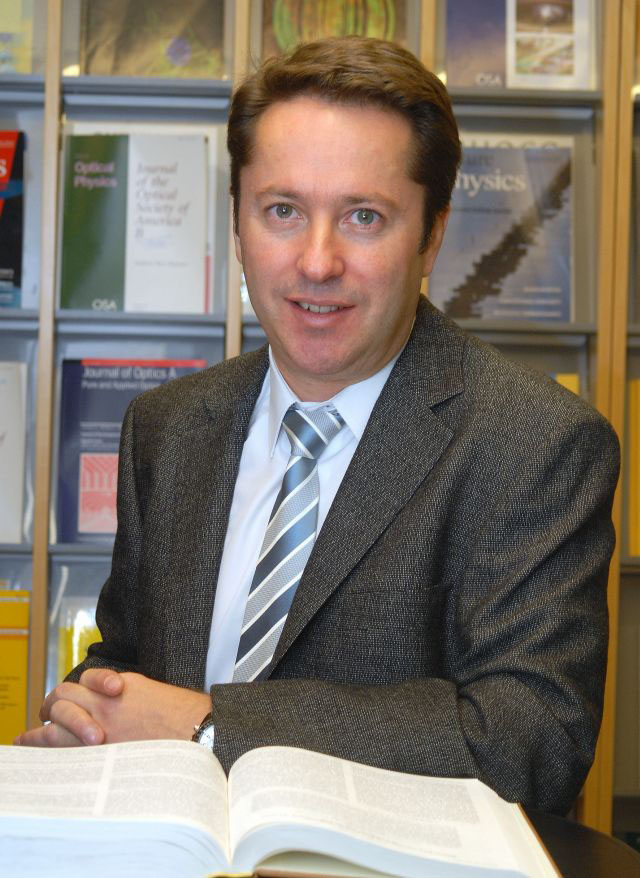
Prof. Ignacio Cirac
MPI of Quantum Optics, Garching
Scientific Director
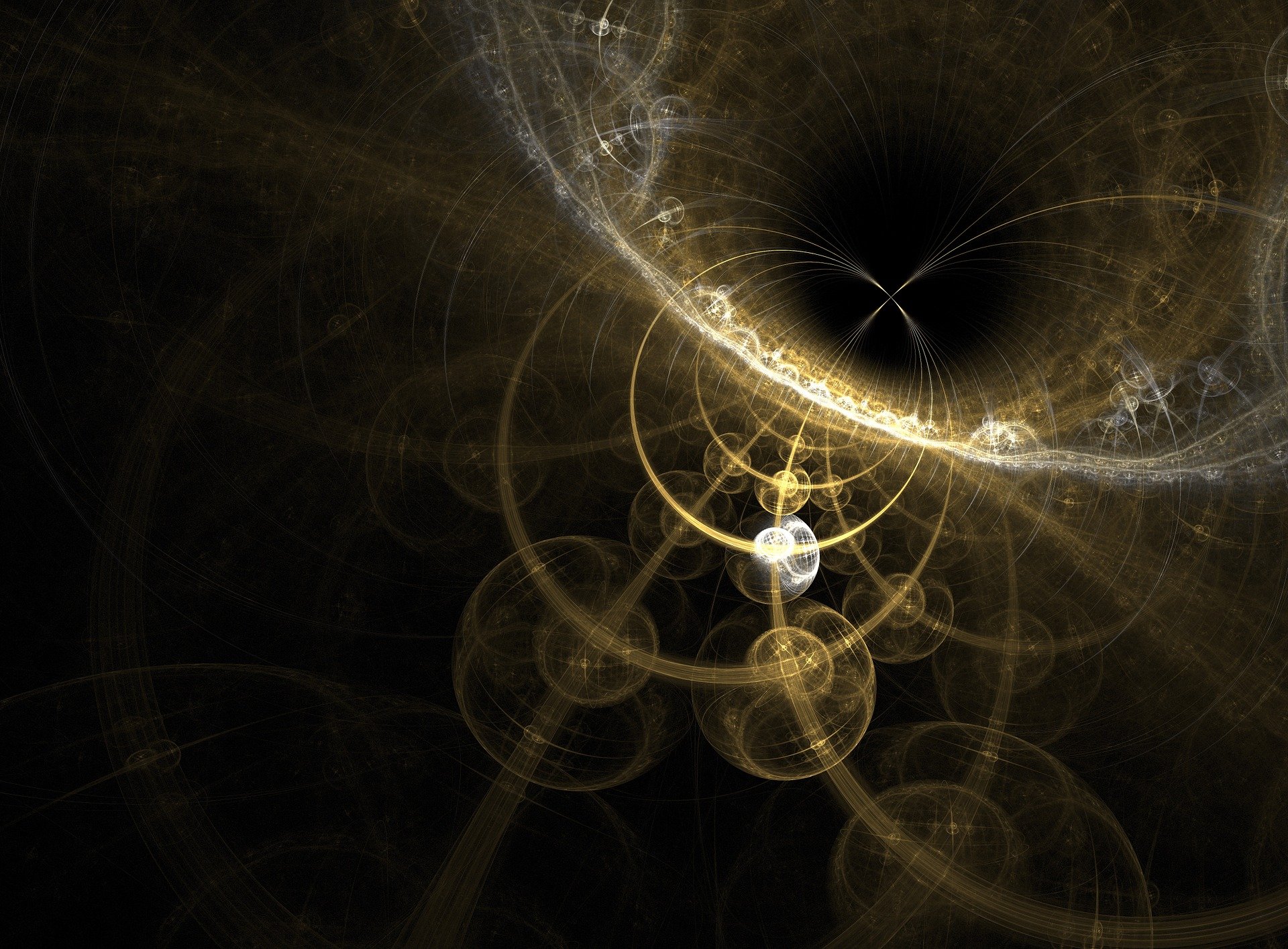
Cooperative Quantum Phenomena
The independent research group “Cooperative Quantum Phenomena” conducts research on strongly coupled light-matter platforms. In one particular direction, we aim at providing theoretical toolboxes to design and describe quantum vacuum-dressed materials with enhanced properties such as energy and charge transport and transfer. The theoretical tools of choice are quantum Langevin equations tailored to include electron-phonon and electron-vibron couplings, such as arising when molecules interact with light. Another direction aims at large bandwidth quantum sensing in optomechanical systems subject to cooling dynamics via electronic feedback.
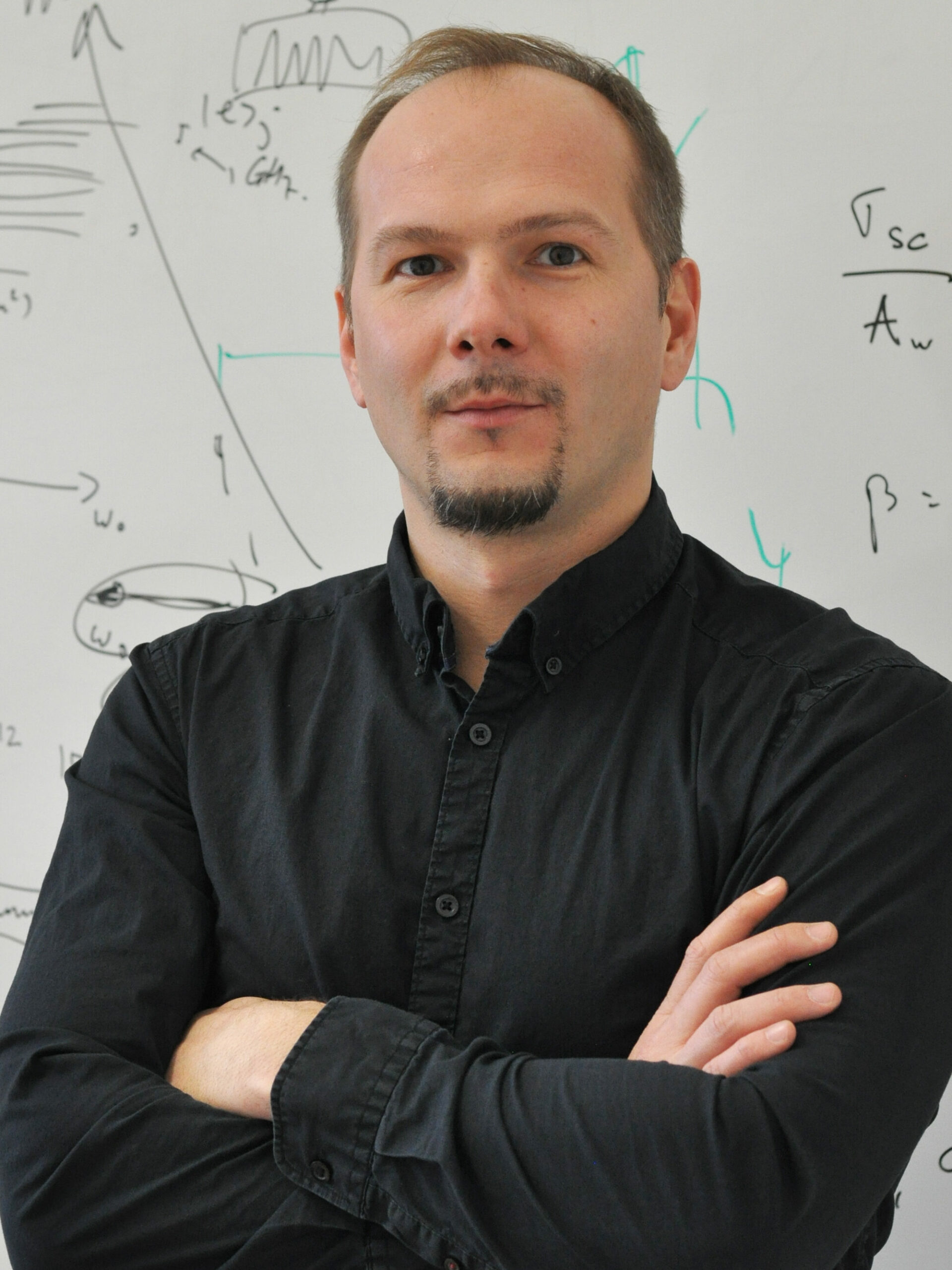
Dr. Claudiu Genes
MPI for the Science of Light, Erlangen
Max Planck Research Group Leader
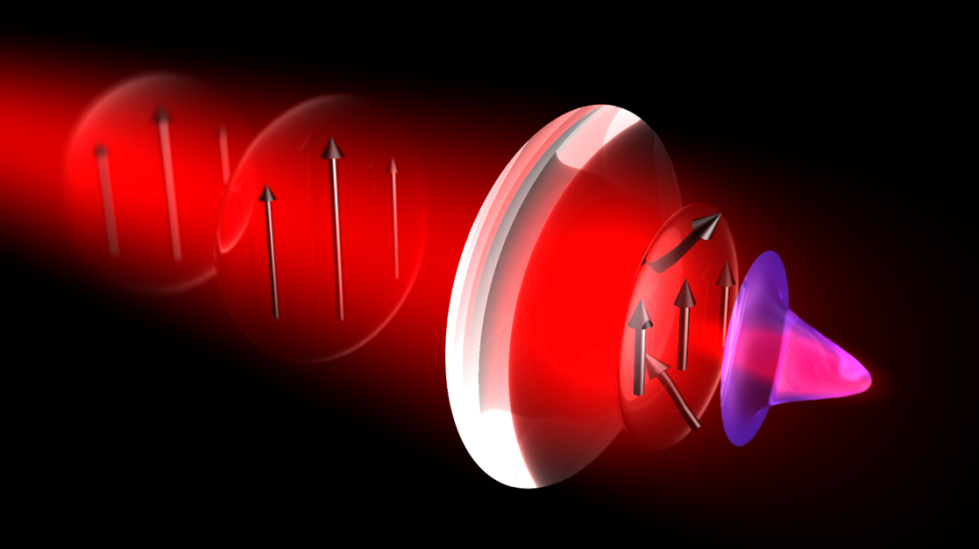
Classical Optics and Quantum Information
The group’s research, experimental and theoretical, focuses on the three-dimensional vector patterns of optical modes and on their quantized excitation. In one project line both these aspects are combined to study the efficiency of the coupling of quantum light to a single atom. The goal is two-fold: to experimentally demonstrate the reversibility of spontaneous emission and to provide photon-photon interaction at the highest bandwidth allowed by nature. Other on-going projects are concerned with quantum communication and the distribution of quantum keys, with dynamical aspects of focusing light and the interaction with the vacuum, and with the generation of bright squeezed vacuum states.
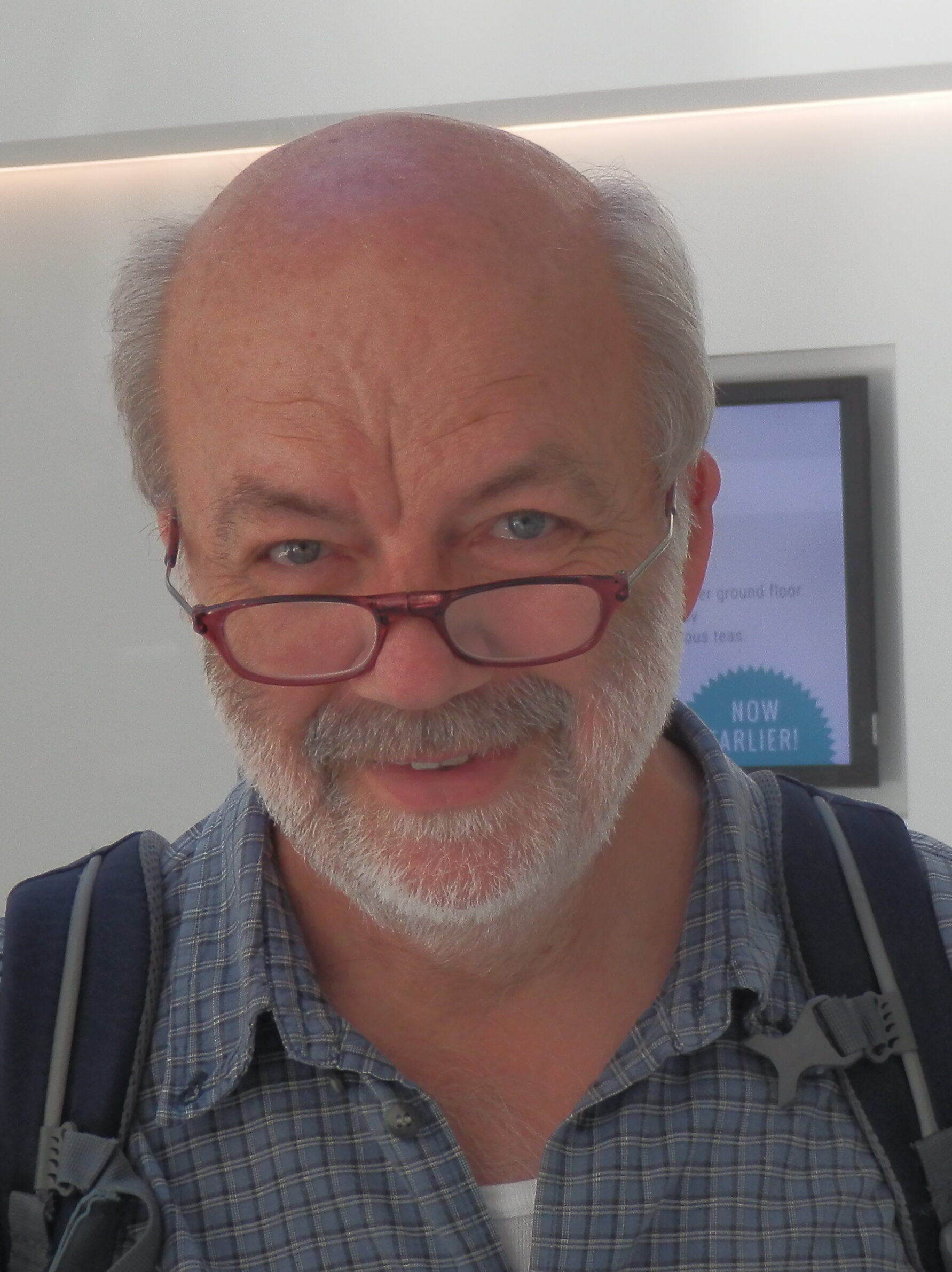
Prof. Gerd Leuchs
MPI for the Science of Light, Erlangen
Emeritus

Cryptographic Systems
The research focus of our group is to construct cryptographic schemes with new functionalities, prove their security in a rigorous manner, and understanding the mathematical hard problems that underly those systems. Examples include (but are not limited to) schemes for secure computation of quantum circuits, schemes for efficient verification of quantum computations, and classical schemes that remain secure even in the presence of a quantum attacker.
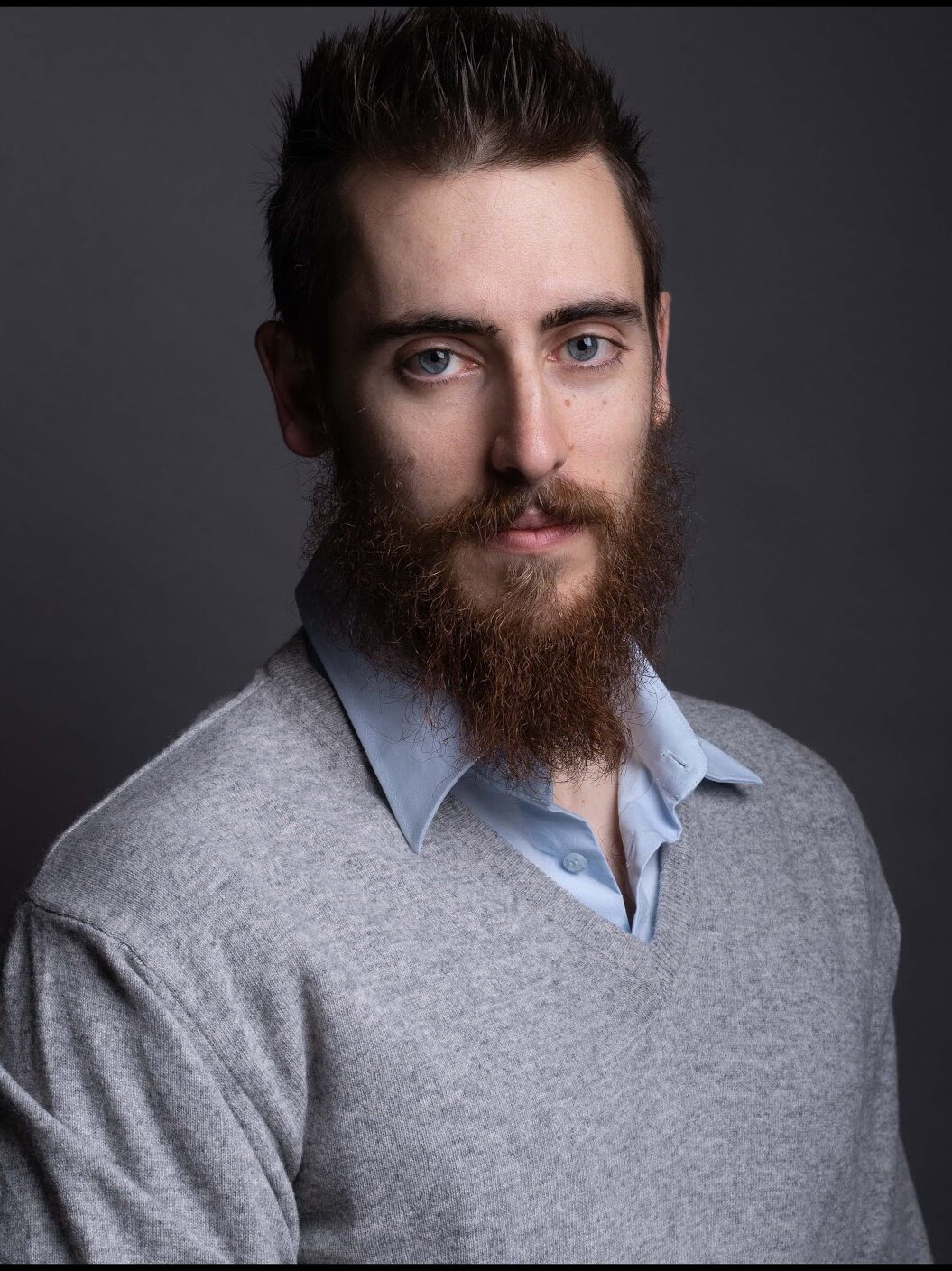
Dr. Giulio Malavolta
MPI for Security and Privacy, Bochum
W2
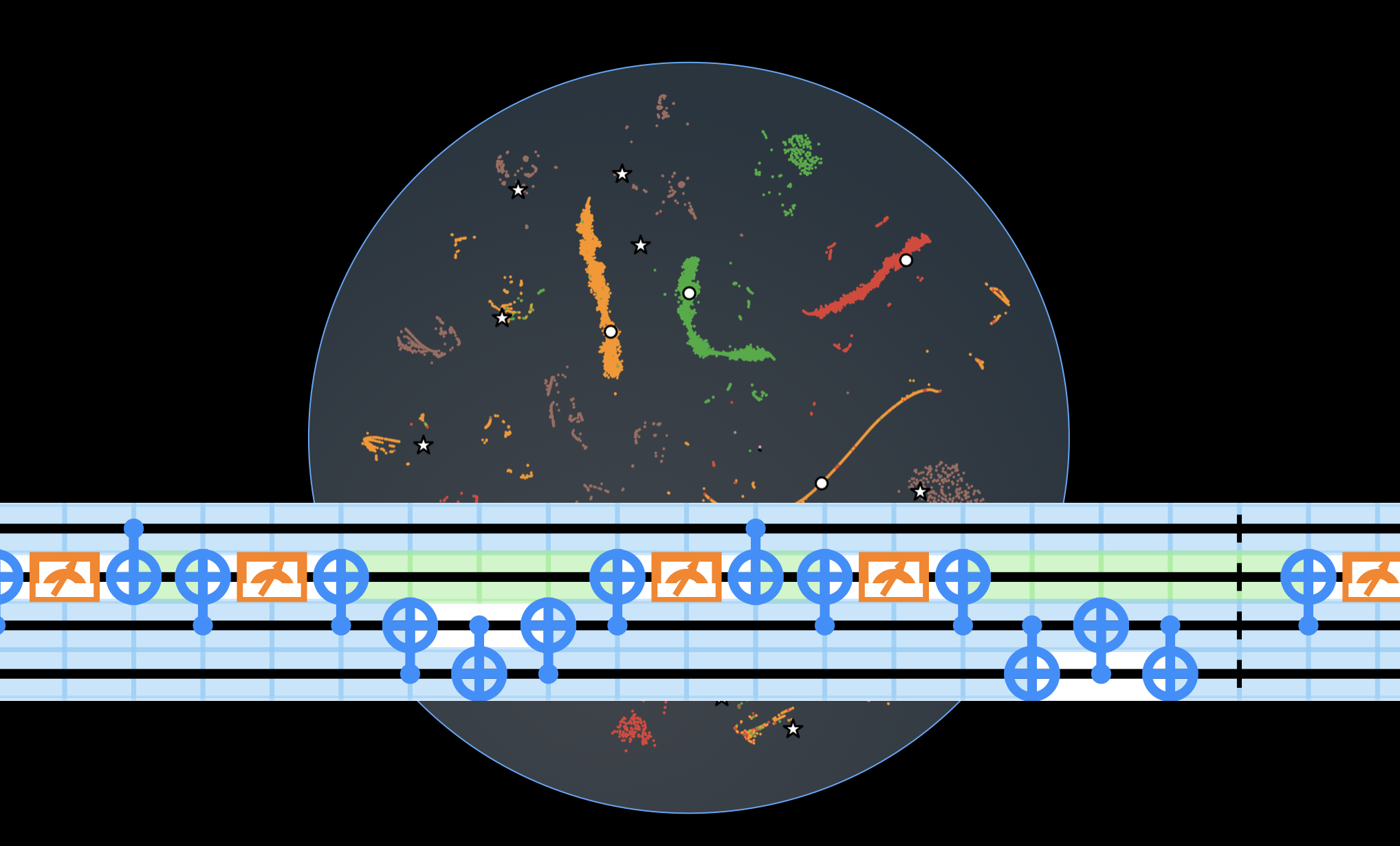
Theory of Quantum Light-Matter Interfaces and Machine Learning for Quantum Devices
Florian Marquardt leads the theory division at the Max Planck Institute for the Science of Light. His group pursues novel concepts for exploiting light-matter interactions at the quantum level to design interfaces that couple different quantum systems, especially in the domains of nanophysics and quantum optics. One prominent focus have been optomechanical systems, involving light and motion. On a methodical level, the group explores the use of new machine-learning-based approaches to the control, design, optimization and study of quantum devices, such as those used for quantum information processing and quantum simulation.
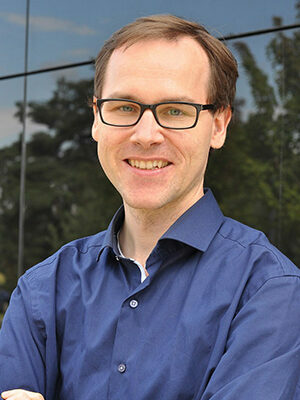
Prof. Florian Marquardt
MPI for the Science of Light, Erlangen
Scientific Director
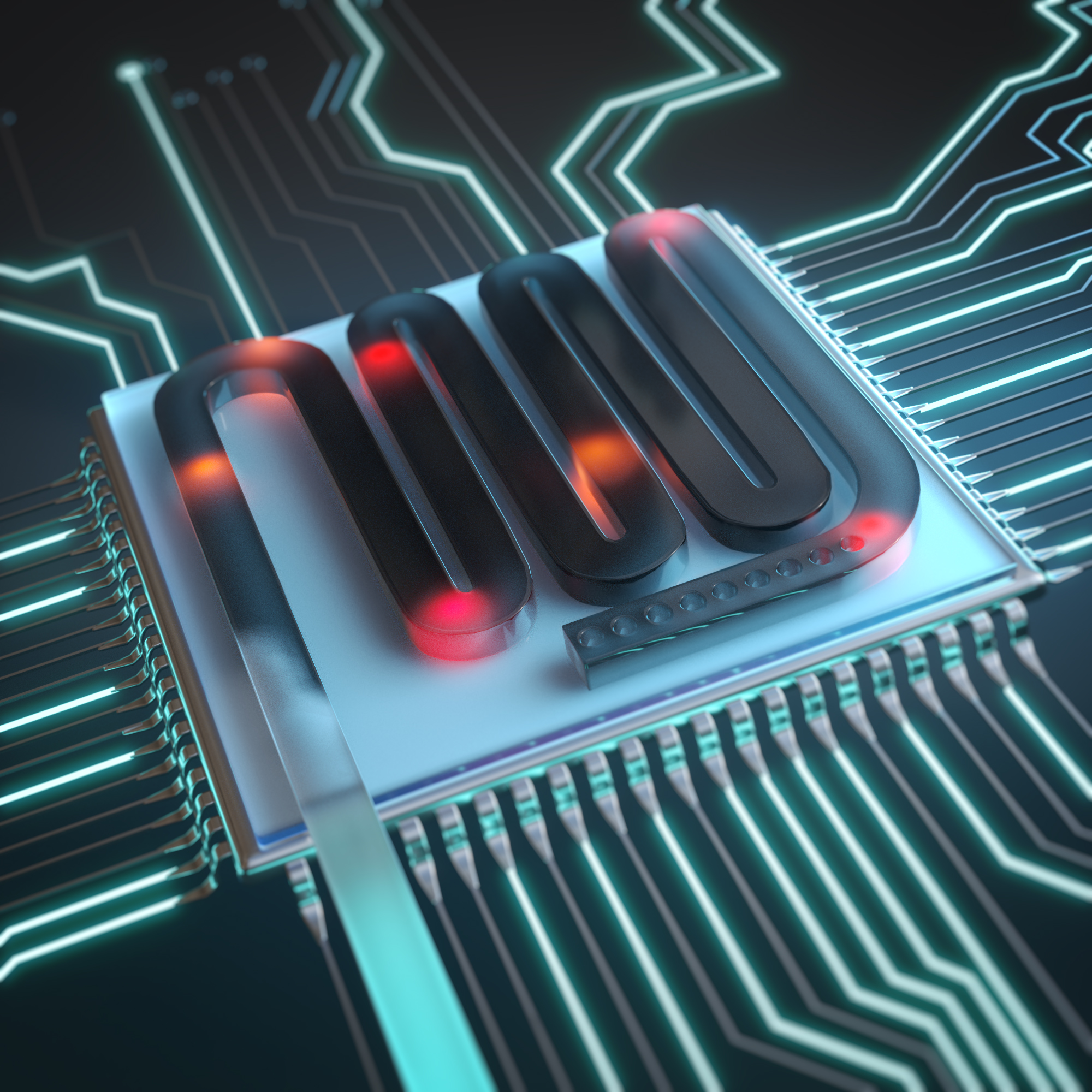
Quantum Networks Group
A future quantum internet will allow users to perform tasks and to interact in ways which are not possible with present-day technology. To implement such network, our group has pioneered a novel hardware platform, in which individual erbium dopants in microscopic or nanophotonic resonators are coupled to optical photons at telecommunication wavelength. Here, the transmission of optical fibers over 100 km is 40 orders of magnitude higher than at visible frequencies. In combination with the exceptional coherence of erbium dopants, our system shows great promise to realize global quantum networks via quantum repeaters.

Dr. Andreas Reiserer
MPI of Quantum Optics, Garching
Group Leader
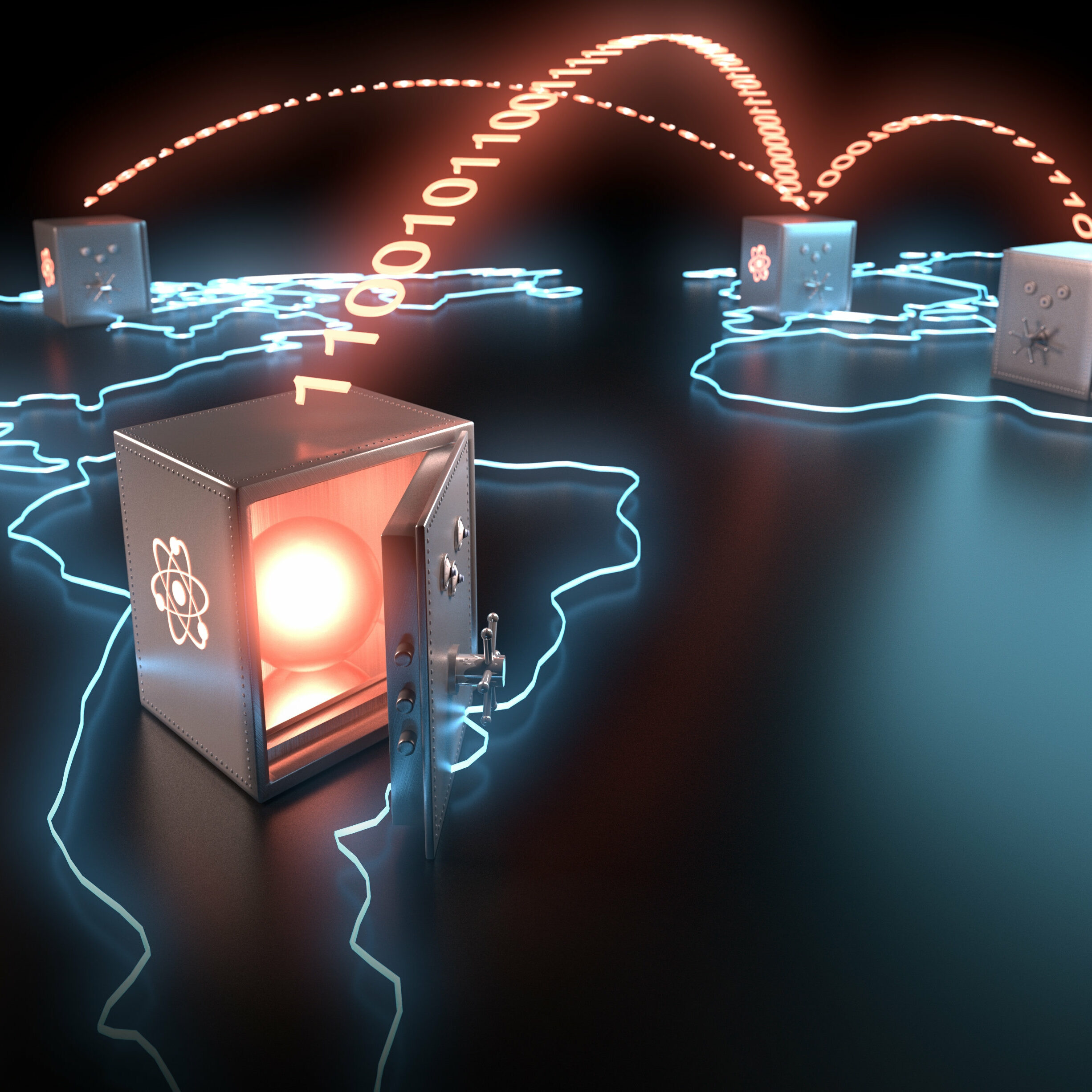
Quantum Information Processing with Atoms and Photons
Gerhard Rempe and his group have established a prolific research program in experimental quantum science with atoms coupled to photons via optical cavities. With this platform they implement core protocols concerning entanglement distribution and quantum logic for quantum communication and modular quantum computation. They operate a quantum link between distinct laboratories and explore, with nondestructive qubit detectors, fascinating research possibilities in quantum networking. With photonics qubit memories, they have developed the central ingredient of future quantum repeaters for long-distance quantum communication. Moreover, they investigate cold polyatomic molecules as new qubit carriers with unparalleled possibilities for quantum information science and technology.
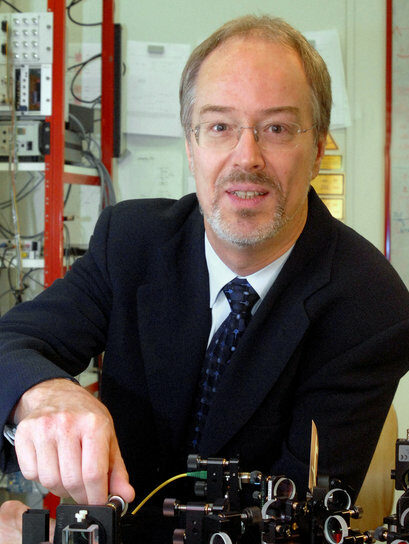
Prof. Gerhard Rempe
MPI of Quantum Optics, Garching
Scientific Director

Molecular Quantum Optics
Vahid Sandoghdar leads the Nano-Optics division of the Max Planck Institute for the Science of Light. The research of his group aims to advance experimental and theoretical mastery of light-matter interaction at the nanometer scale and to achieve the same degree of control and finesse that is known from the gas-phase quantum optics in the condensed phase with a special emphasis on molecules as quantum emitters. To do this, the group combines concepts from quantum optics, laser spectroscopy, cryogenics, optical imaging, scanning probe technology and nanofluidics.
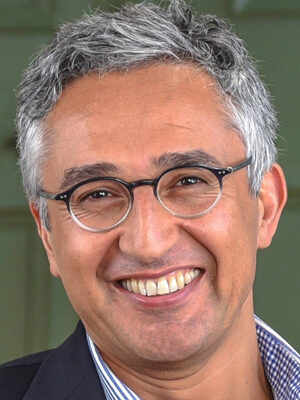
Prof. Vahid Sandoghdar
MPI for the Science of Light, Erlangen
Scientific Director
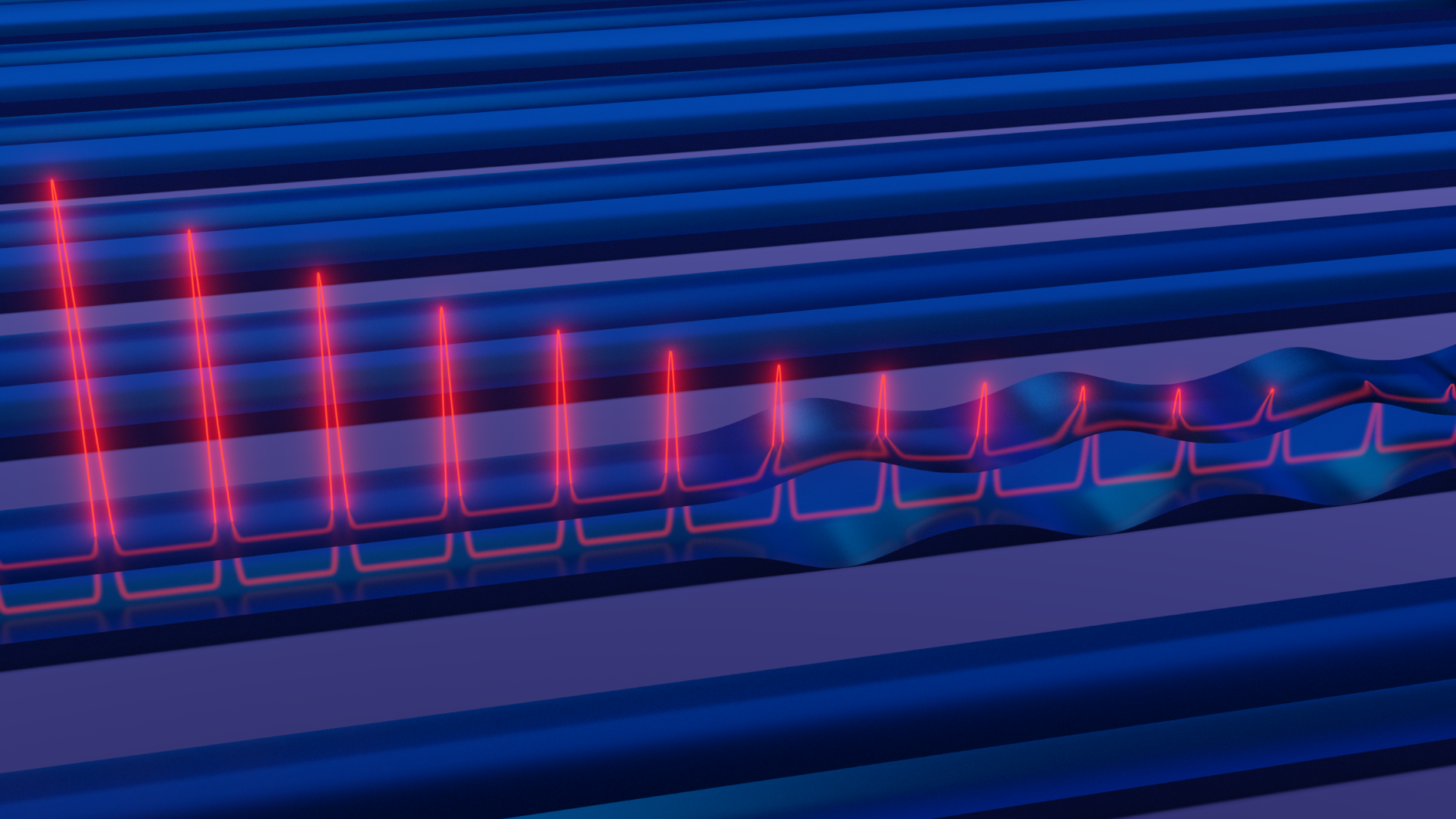
Experimental Quantum Optoacoustics
Birgit Stiller is head of the independent research group “Quantum Optoacoustics”. The group’s research topics span from nonlinear optics to quantum optics with a focus on light-sound interactions and waveguide optomechanics. The physics of optical waves interacting with acoustic or mechanic vibrations is fascinating because it links two very different domains in terms of frequency, velocity, dissipation and other properties. They explore this interaction experimentally at the classical and quantum level with suitably engineered microstructured fibres and nanowaveguides to manipulate, in this way, light states. Their proof-of-concept experiments aim to contribute to promising applications in light memories and quantum information processing within the large field of quantum technologies.

Dr. Birgit Stiller
MPI for the Science of Light, Erlangen
Max Planck Research Group Leader

Theory of Hybrid Quantum Systems
Silvia Viola Kusminskiy leads the independent research group “Theory of Hybrid Quantum Systems”. We focus on the coherent interaction between light and collective excitations in condensed matter systems at the micro/nanoscale, using analytical and computational techniques. Our interest lies in particular on hybrid quantum systems based on magnetically ordered solids. We are interested in understanding and tailoring the interactions as well as the dynamics of these systems, in order to unravel quantum phenomena at unprecedented scales. This line of research brings together concepts of Condensed Matter and Quantum Optics, and is promising for applications in new quantum technologies.
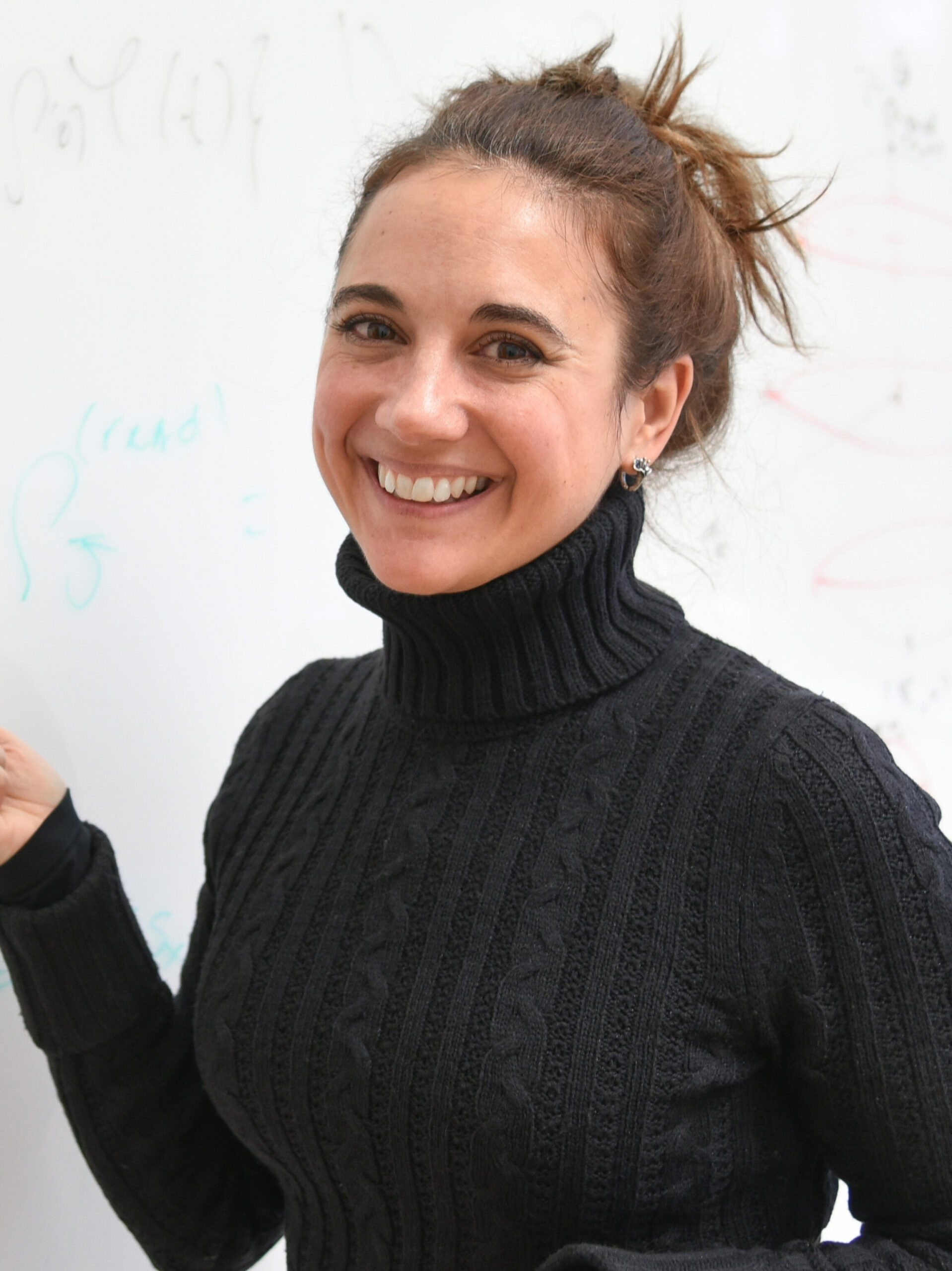
Silvia Viola Kusminskiy, PhD
MPI for the Science of Light, Erlangen
Max Planck Research Group Leader